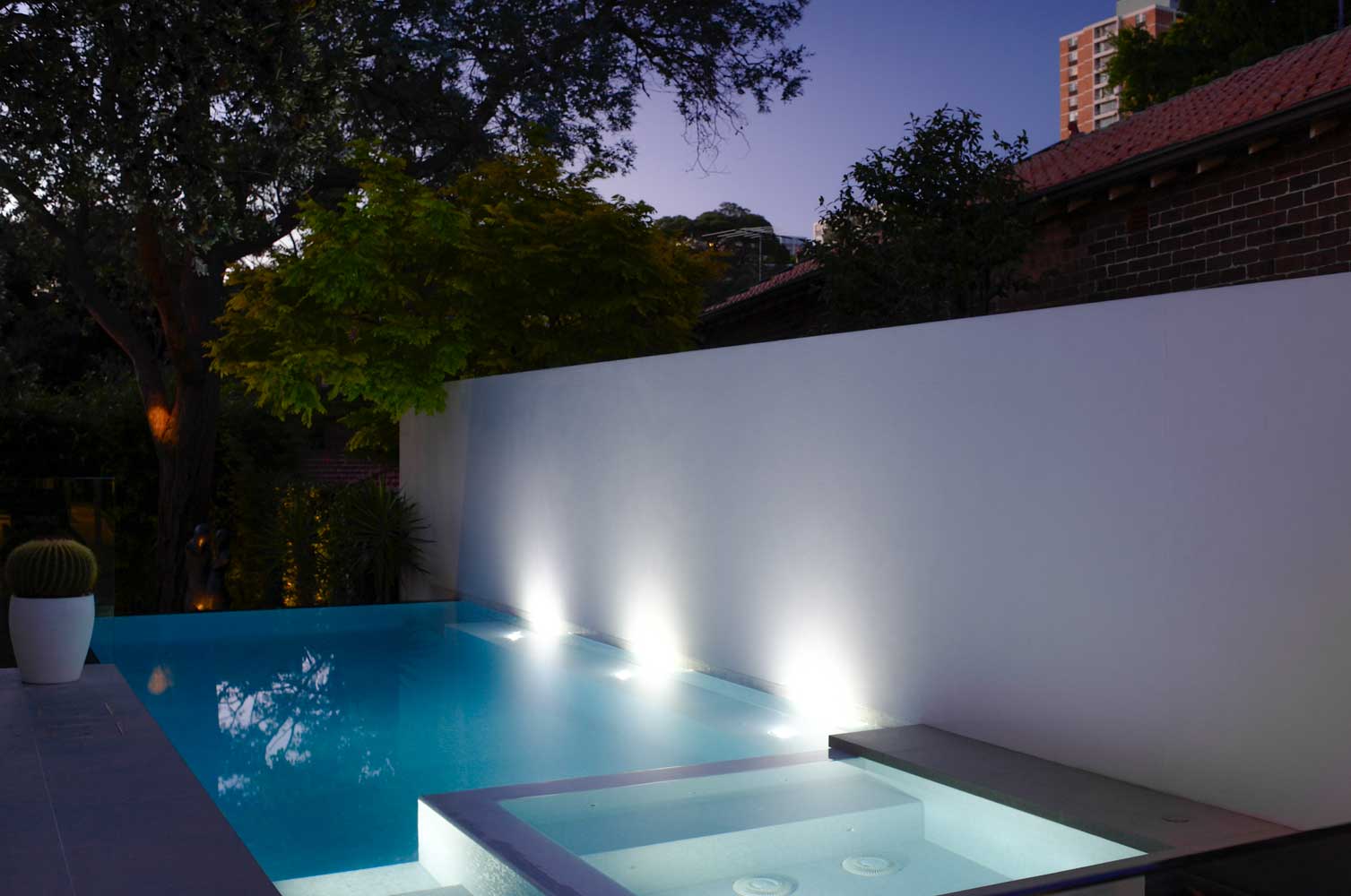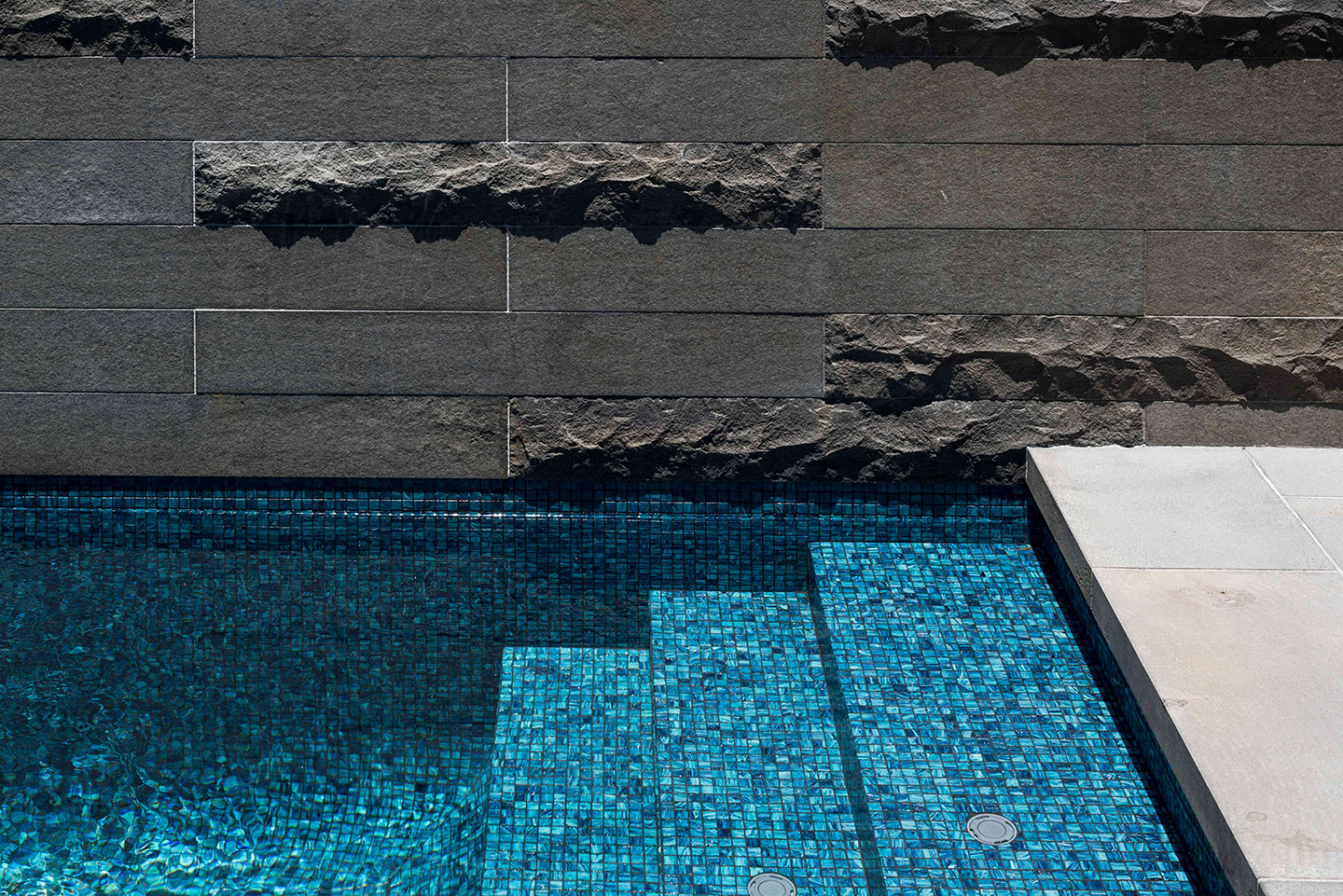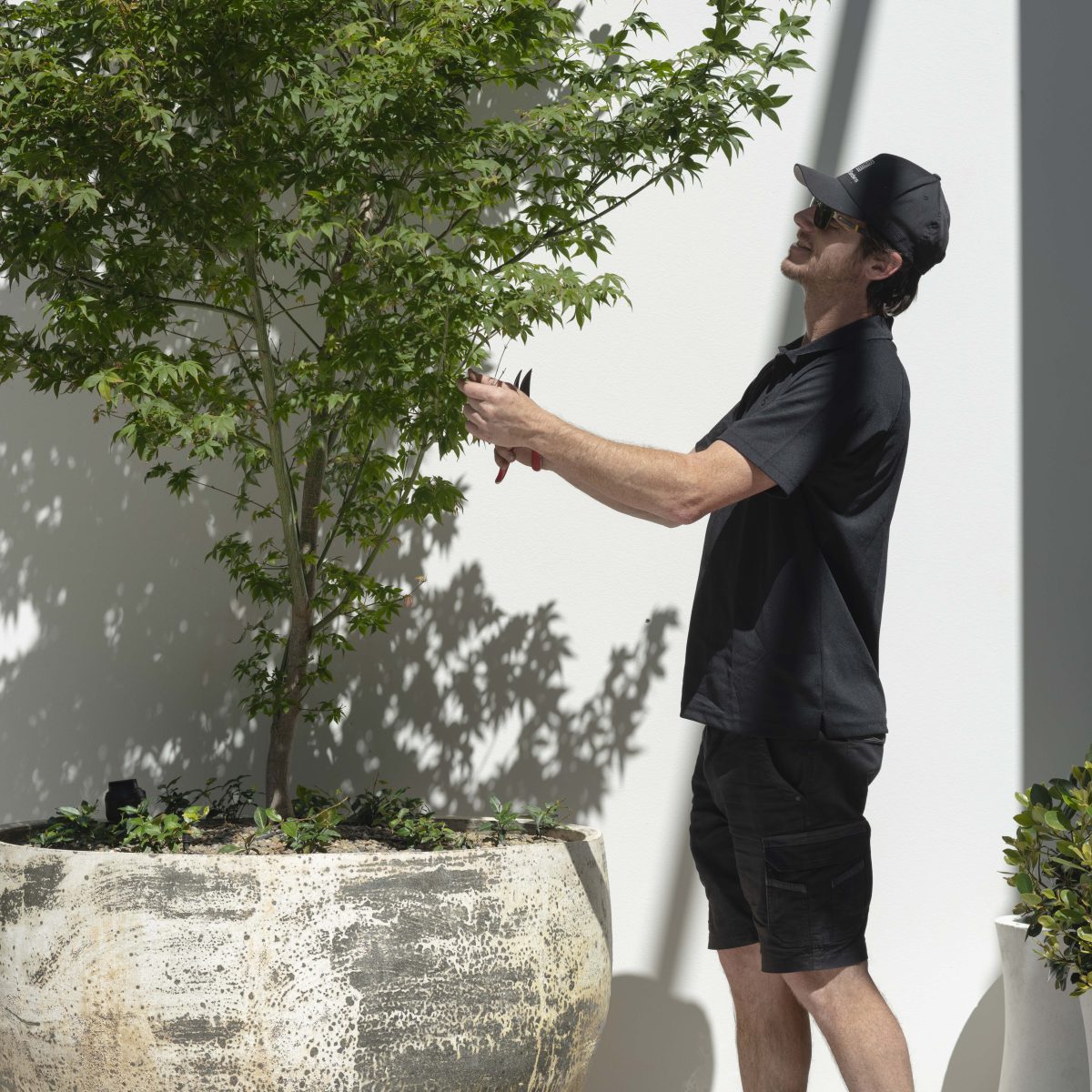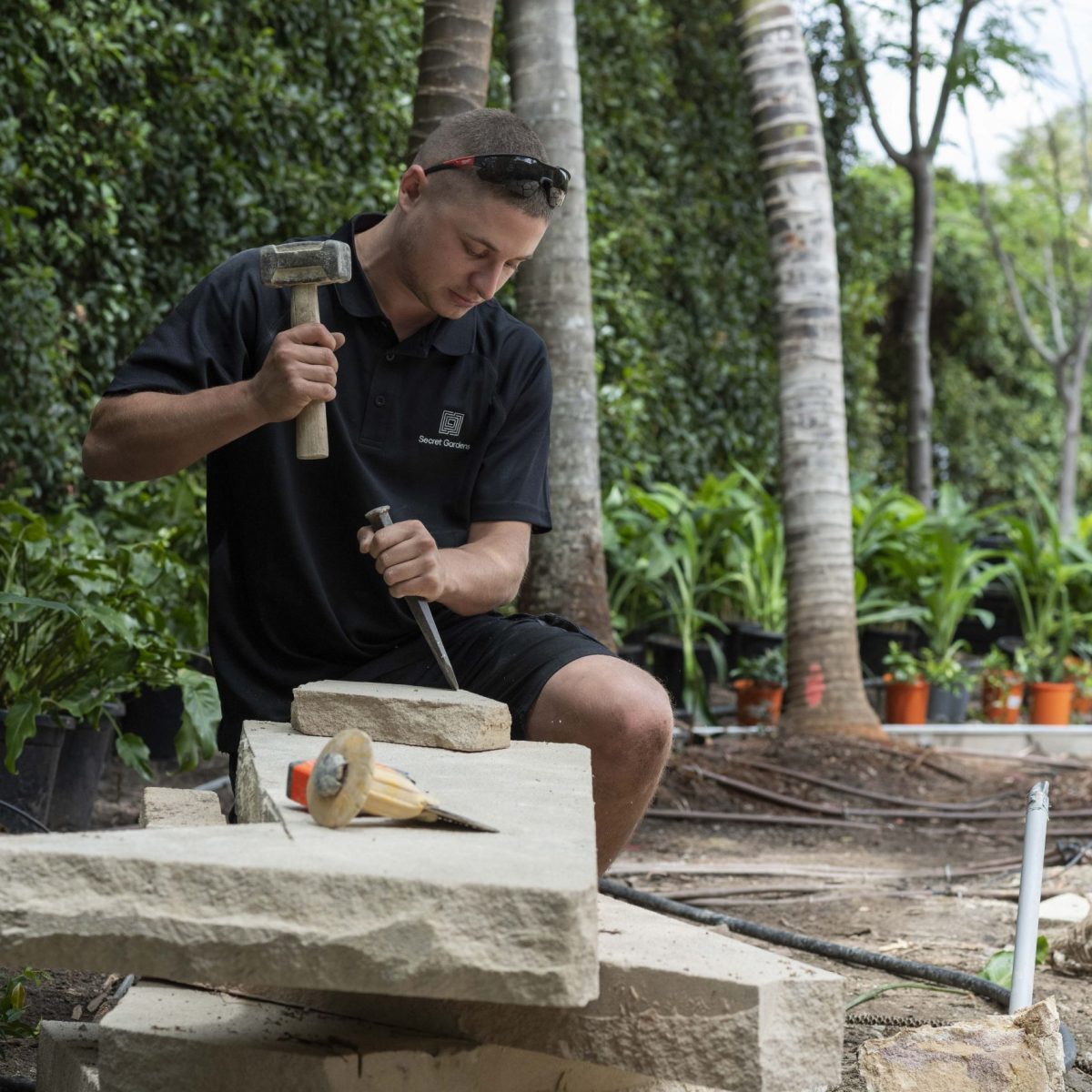Look at the setting
Take your pool design cues from the surrounds, where the pool will be situated. If it’s close to the house, be guided by the home’s architecture – this is where you might be inclined to use few or no curves with crisp finishes that echo the linear lines of the adjacent structure. In contrast, if the pool is located out of sight of the house, perhaps accessed via a meandering path, it should feel more like an organic part of the garden; this kind of pool might be voluptuously curved, liberally fringed with foliage and surrounded by irregular pavers.
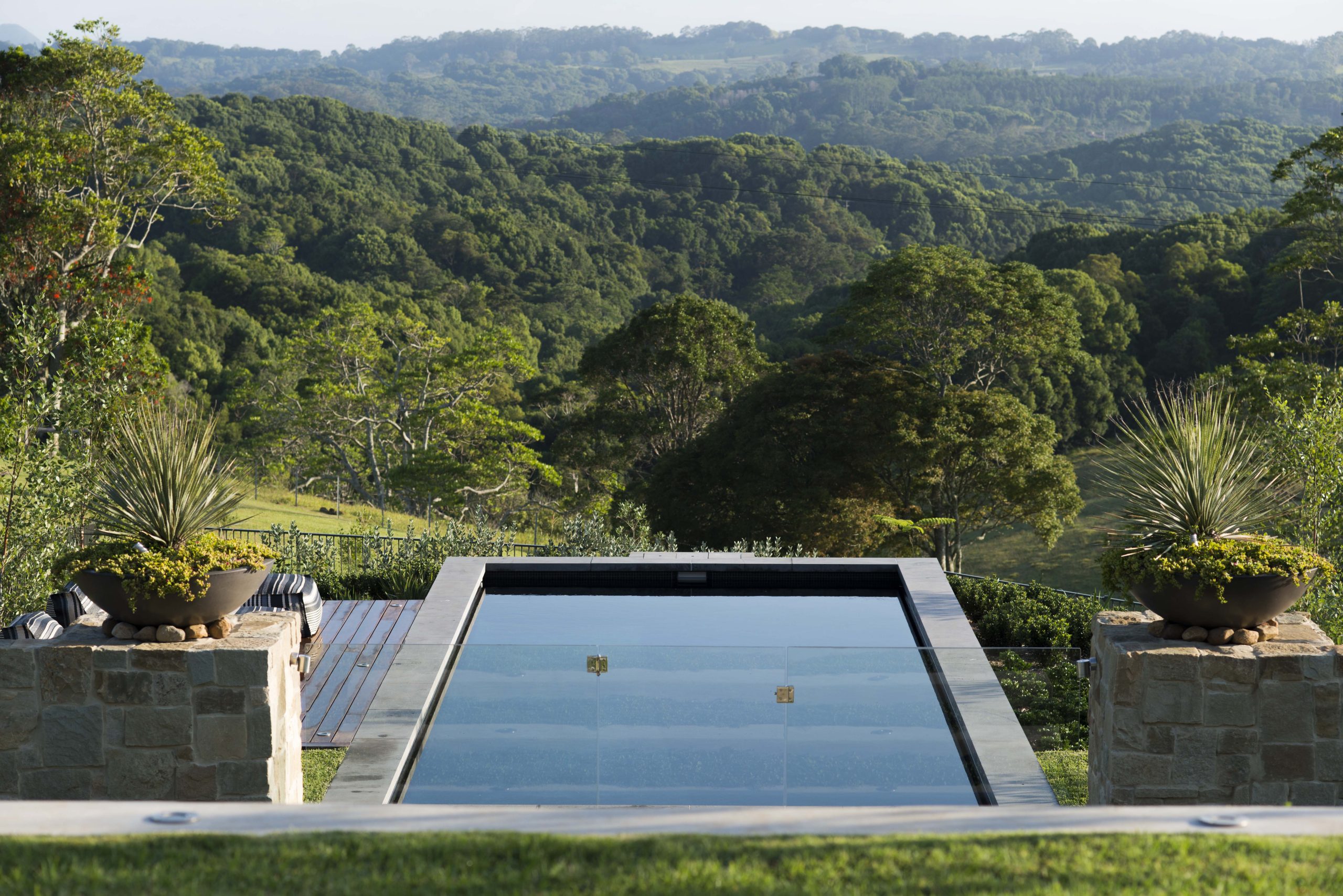
Colour coding
The setting and style of the pool will help in the choice of colour. A pool that’s directly adjacent to and visible from the house will suit a beautiful light or mid blue – this is where you can embrace a brilliant Palm Springs blue, a look that’s having a retro revival right now. In contrast, a garden pool, one with a more organic feel, will be better suited to a gorgeous green, which will make it seem like a more natural part of the landscape.
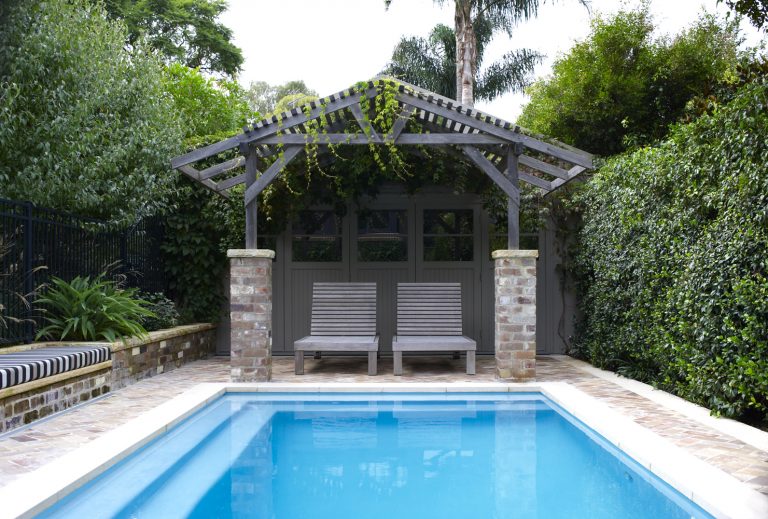
Our top tip, which everyone forgets, is that the tile colour changes considerably when the pool is filled with water. So a white tile will get you that Palm Springs blue, while a blue tile – the instinctive choice – will actually result in a darker mid blue. Consider whether the pool is in sun or shade, or both, as this will affect the colour also.
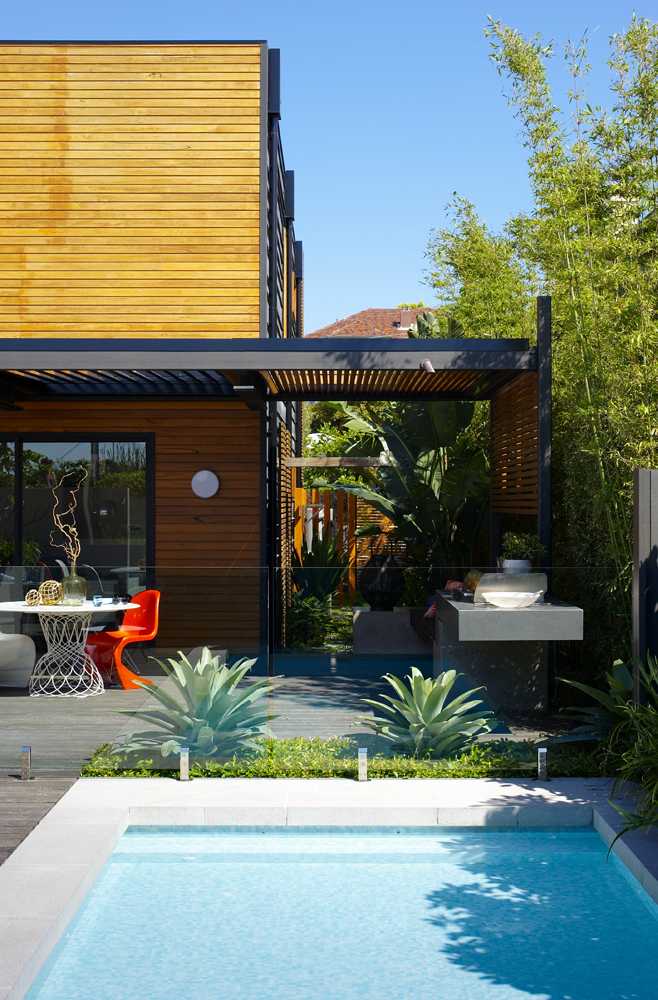
Make it an aesthetic asset
A pool takes up a lot of room, even in the largest landscape, so it should be a positive feature of the garden, even when it’s not in use – it goes without saying that we’re far from fans of the pool cover. If the site lends itself to a wet-edge (or infinity) pool, this can add an aural element to the garden design in the soothing splash of water spilling over the side.
Adding thoughtfully placed lighting can make the pool a visually stunning centrepiece, a jewel in the nightscape of the garden. One such trick is to set light fittings into an underwater bench, shining hypnotically flickering light onto an adjacent wall.
